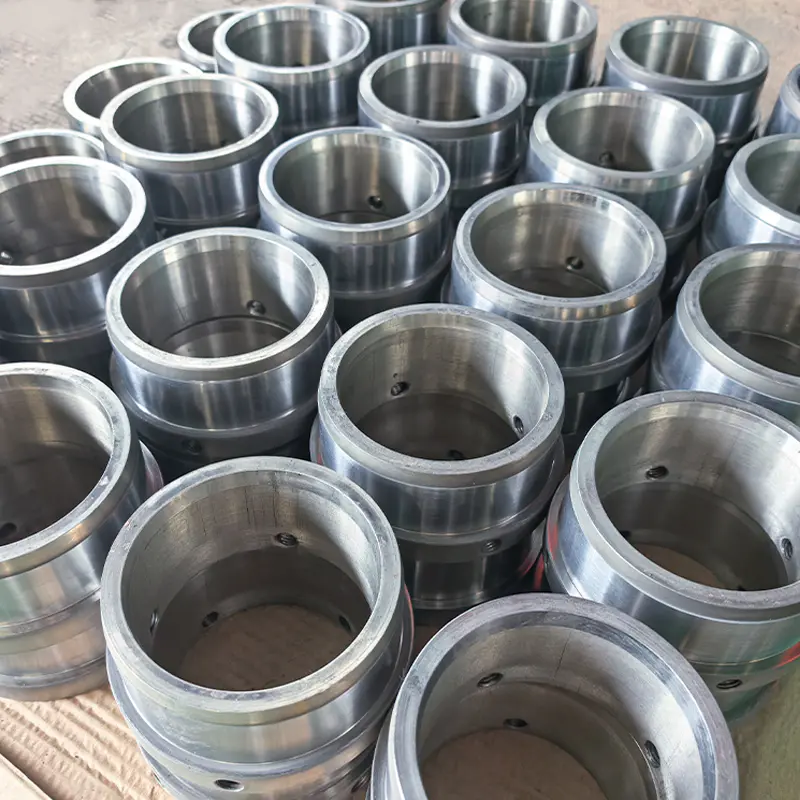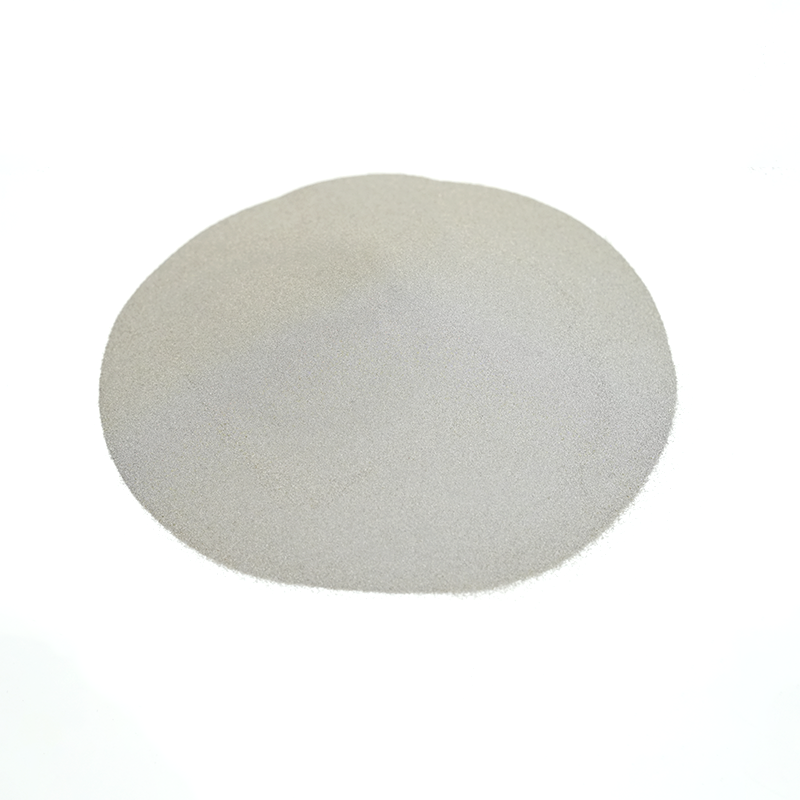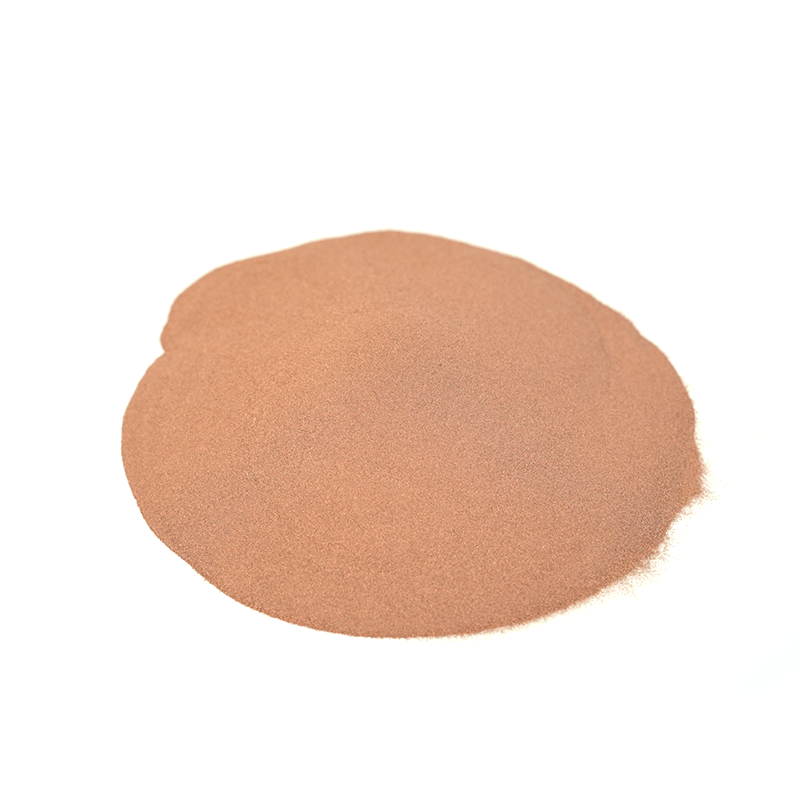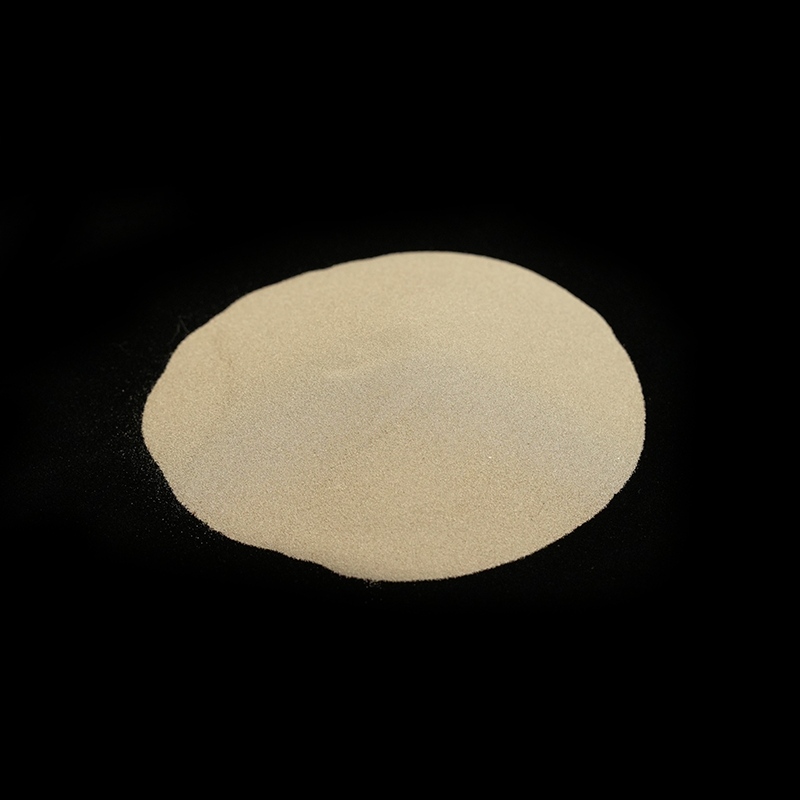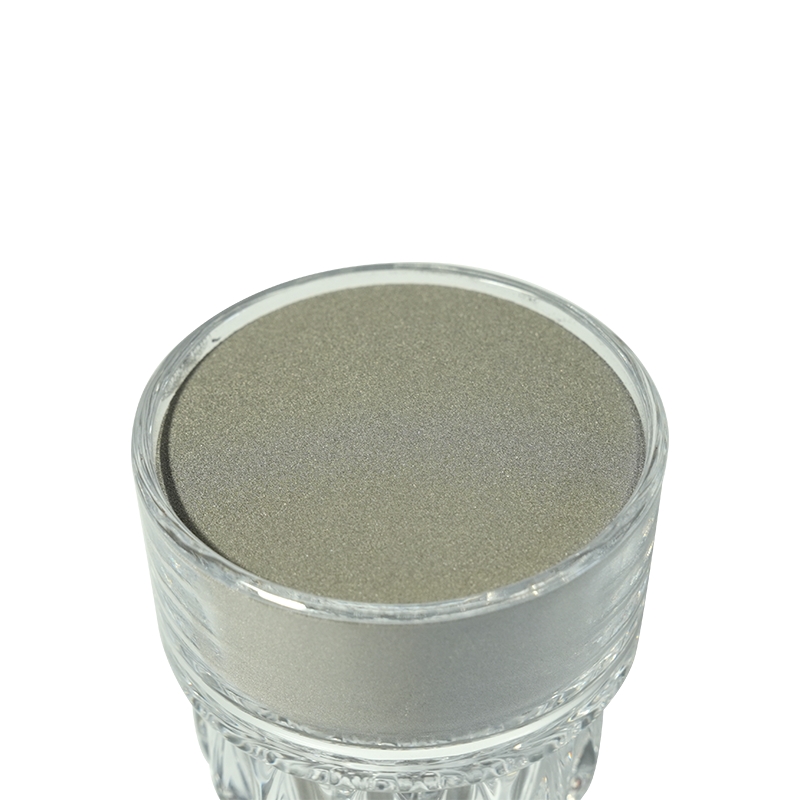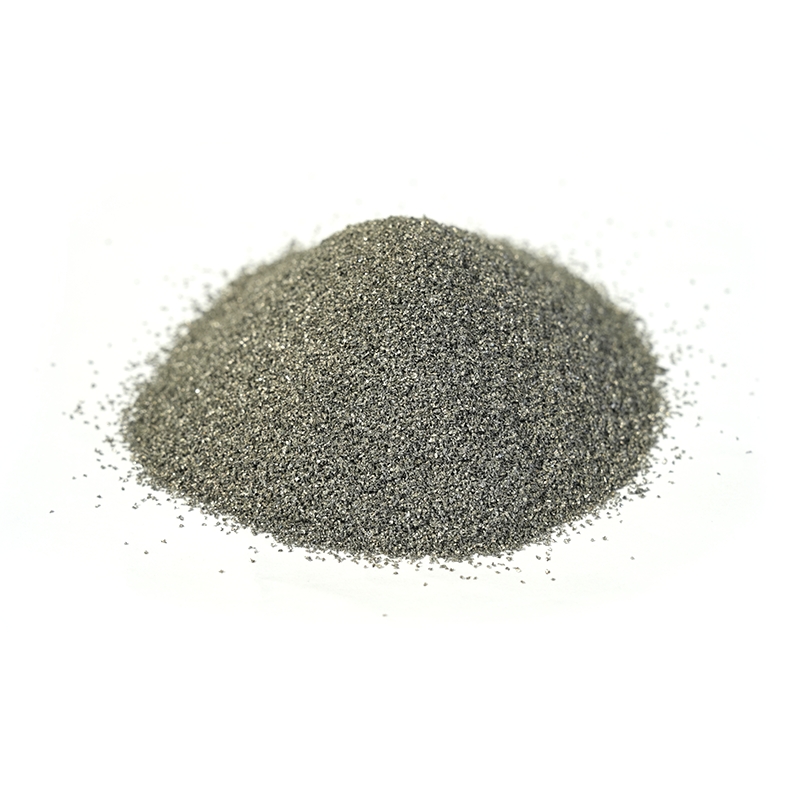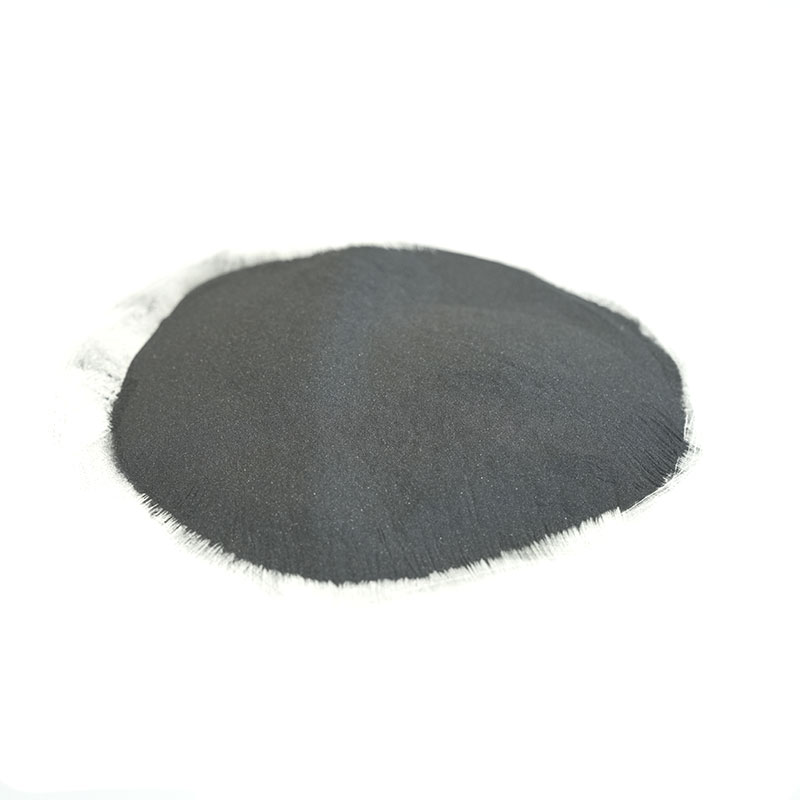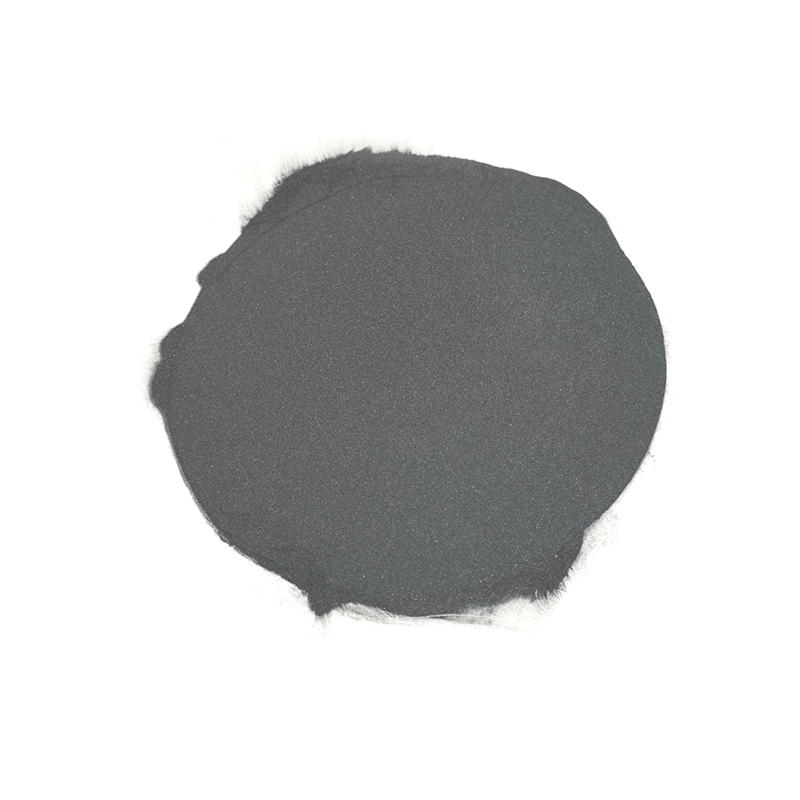Carbide composite powders represent a class of advanced materials engineered for superior performance in applications demanding exceptional hardness, wear resistance, and high-temperature stability. These powders are typically comprised of ultra-hard carbide phases (such as tungsten carbide, titanium carbide, or chromium carbide) dispersed within a tougher, metallic binder matrix (commonly cobalt, nickel, or iron). This synergistic combination leverages the inherent properties of both constituents, resulting in materials that significantly outperform their monolithic counterparts.
Composition and Microstructure
The precise composition and microstructure of carbide composite powders are critical determinants of their final properties.
- Carbide Phase: The choice of carbide depends heavily on the intended application.
- Tungsten Carbide (WC): The most common and widely used carbide due to its extreme hardness and good toughness. Often forms the backbone of cemented carbides (hardmetals).
- Titanium Carbide (TiC): Offers high hardness, good oxidation resistance, and lower density compared to WC. Often used in cermets and cutting tools for improved crater wear resistance.
- Chromium Carbide (Cr3C2): Provides excellent corrosion and oxidation resistance, particularly at elevated temperatures. Used in wear-resistant coatings for corrosive environments.
- Other Carbides: Vanadium carbide (VC), niobium carbide (NbC), and tantalum carbide (TaC) are also used, often as grain growth inhibitors or to impart specific properties.
- Binder Phase: The metallic binder acts as a ductile matrix, holding the hard carbide particles together and providing toughness.
- Cobalt (Co): The most traditional and effective binder for tungsten carbide, offering an excellent balance of strength, toughness, and wear resistance.
- Nickel (Ni): Provides good corrosion and oxidation resistance, making it suitable for high-temperature and corrosive environments. Often used with chromium carbides.
- Iron (Fe): A more economical binder, sometimes alloyed with nickel or cobalt for specific applications.
- Microstructure: The size, distribution, and morphology of the carbide particles within the binder phase significantly influence mechanical properties. Fine, uniformly distributed carbides generally lead to higher hardness and strength, while a controlled amount of binder ensures adequate toughness.
Manufacturing Processes
Carbide composite powders are typically produced through sophisticated metallurgical processes designed to achieve precise control over composition, particle size, and morphology. Common methods include:
- Mechanical Alloying (MA): A solid-state powder processing technique involving high-energy ball milling. It can produce fine-grained, homogeneous composite powders by repeatedly fracturing and cold-welding a mixture of elemental or pre-alloyed powders.
- Spray Drying: A method used to create spherical, flowable composite powders from a slurry. This is particularly useful for thermal spray applications.
- Agglomeration and Sintering: Individual carbide and binder powders are mixed, then agglomerated (e.g., by spray drying or granulation) and subsequently sintered at high temperatures to form a dense, consolidated material.
- Chemical Precipitation/Co-precipitation: Wet chemical routes can produce very fine, homogeneous composite powders by precipitating precursors of the carbide and binder simultaneously.
- Self-propagating High-temperature Synthesis (SHS): A combustion synthesis technique that can rapidly produce carbide-based composites from elemental powders, often yielding fine-grained structures.
Key Properties and Advantages
Carbide composite powders offer a range of superior properties that make them indispensable in numerous industrial sectors:
- Exceptional Hardness: Primarily derived from the hard carbide phases, providing excellent resistance to indentation and abrasive wear.
- High Wear Resistance: Crucial for applications involving friction, erosion, and abrasion, leading to extended component lifespan.
- Good Toughness: The metallic binder provides ductility, preventing catastrophic brittle failure often associated with monolithic ceramics.
- High-Temperature Stability: Many carbide composites retain their mechanical properties at elevated temperatures, making them suitable for high-heat environments.
- Corrosion Resistance: Depending on the specific carbide and binder selection, these materials can exhibit excellent resistance to chemical degradation.
- Customizable Properties: The ability to vary carbide type, binder composition, particle size, and manufacturing process allows for tailoring properties to specific application requirements.
Applications
The unique combination of properties makes carbide composite powders vital in a wide array of demanding applications:
- Cutting Tools: Inserts, drills, milling cutters, and reamers for machining metals, wood, and composites. Tungsten carbide-cobalt is the dominant material in this sector.
- Wear Parts: Components subjected to abrasive or erosive wear, such as dies, nozzles, pump parts, agricultural tools, and mining equipment.
- Thermal Spray Coatings: Applied as protective coatings (e.g., HVOF, plasma spray) on softer substrates to enhance wear, erosion, and corrosion resistance in industries like aerospace, oil & gas, and automotive.
- Mining and Drilling: Bits and inserts for rock drilling, tunnel boring, and mineral extraction due to their extreme hardness and impact resistance.
- Forming Tools: Dies and punches for drawing, stamping, and extruding metals.
- High-Temperature Components: Parts for gas turbines, power generation, and other high-temperature processes where wear and oxidation resistance are critical.
- Sporting Goods: Specialized components in items like skis, golf clubs, and fishing reels requiring durability and specific performance characteristics.
Future Trends and Research
Research in carbide composite powders continues to evolve, focusing on:
- Nanostructured Composites: Developing materials with nanoscale carbide grains for enhanced hardness and toughness.
- Binderless Carbides: Exploring ways to achieve high density and strength without a metallic binder, potentially offering even higher hardness and temperature capabilities.
- Novel Carbide and Binder Combinations: Investigating new systems to tailor properties for emerging applications, e.g., high-entropy alloy binders.
- Additive Manufacturing (3D Printing): Adapting carbide composite powders for advanced manufacturing techniques like selective laser melting (SLM) and binder jetting to create complex geometries with customized properties.
- Surface Engineering: Integrating advanced surface treatments and coatings with carbide composites to further optimize performance.
- Sustainable Production: Developing more energy-efficient and environmentally friendly production methods for these advanced materials.
Conclusion
Carbide composite powders are a cornerstone of modern materials science, providing solutions for the most challenging industrial applications. Their remarkable combination of hardness, wear resistance, and high-temperature stability, coupled with the ability to customize their properties, ensures their continued importance across diverse sectors. As research and development push the boundaries of materials engineering, carbide composite powders will undoubtedly remain at the forefront of innovation, enabling the creation of even more durable, efficient, and high-performing components for the future.
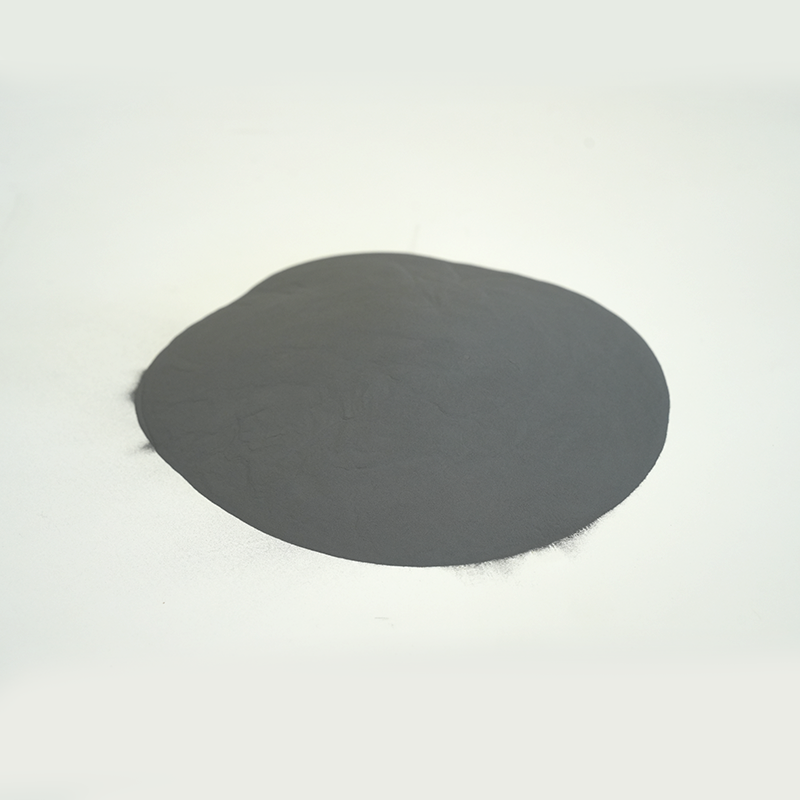


 English
English русский
русский عربى
عربى